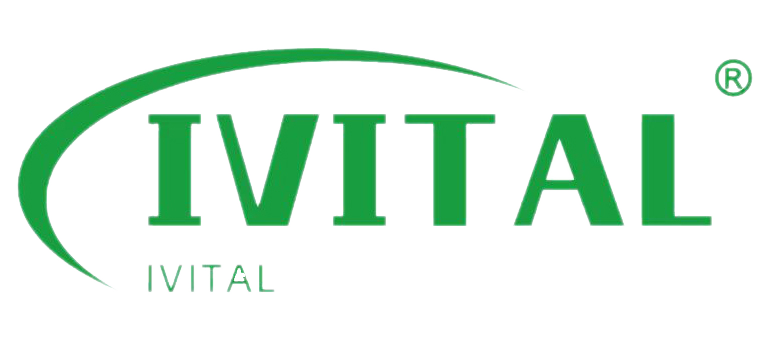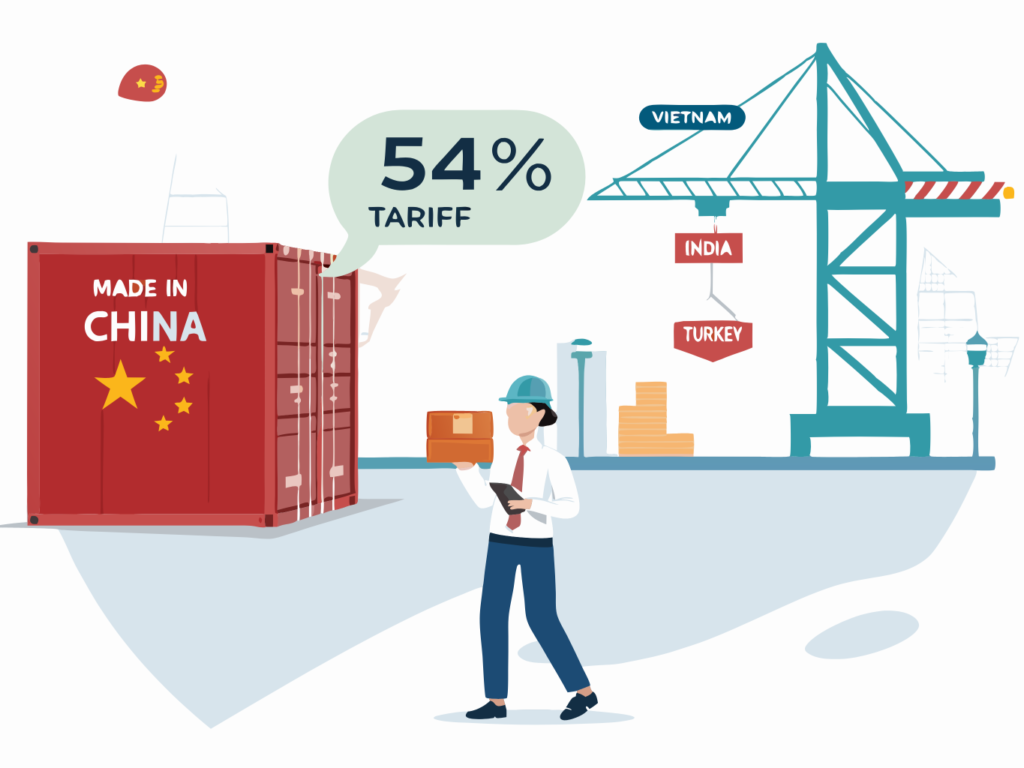Many importers used to choose Chinese hoists without thinking. Now, with tariff hikes, that’s no longer easy.
Yes, electric hoists made in China are facing tariff barriers of up to 54%. Vietnam, India, and Turkey are emerging as viable alternatives.
A few years ago, I could land a container of Chinese electric hoists without much tax. Today, I check every line item—because one wrong choice can burn my margin.
[Table of contents]
- Do I have to pay customs for a package from China in 2025?
- What are China 301 tariffs and how do they affect hoists?
- Where can I buy electric hoists without facing heavy tariffs?
- Vietnam vs India vs Turkey: Who’s the best alternative hoist supplier?
- What sourcing strategies can help avoid tariff risks?
- Does China impose tariffs on American goods in return?
Do I have to pay customs for a package from China in 2025?
Tariff rules in 2025 aren’t what they used to be.
Yes, starting March 4, 2025, the U.S. applies an extra 10% tariff on all goods from China and Hong Kong—no matter the shipment size.
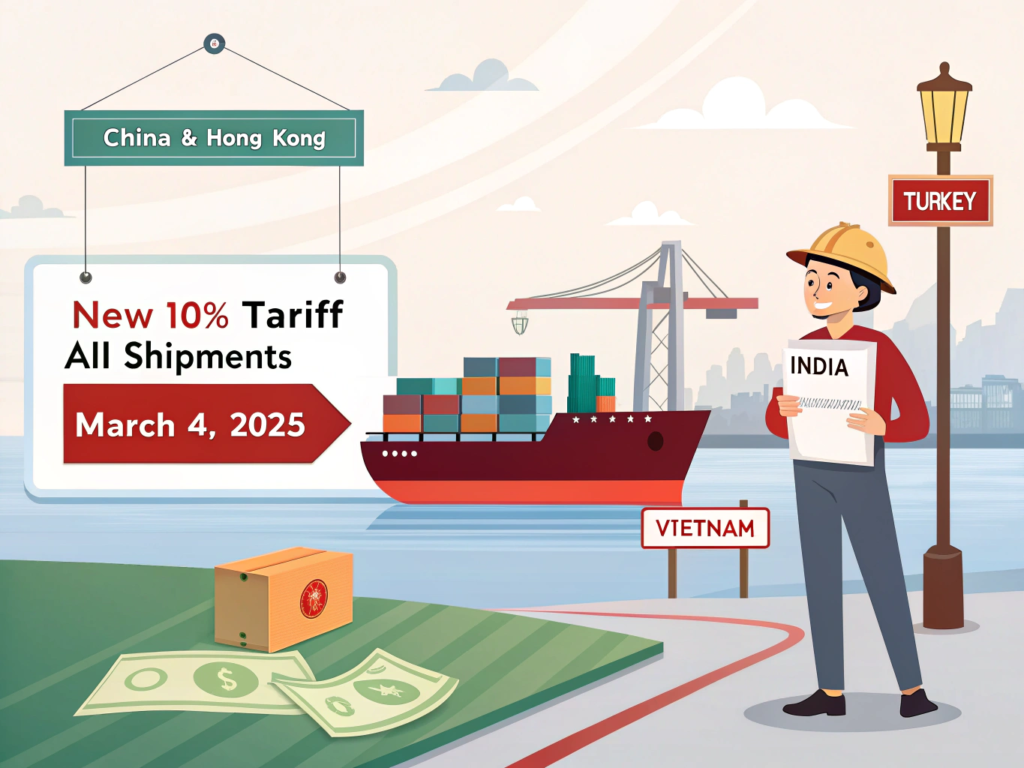
Dive Deeper
Small importers can no longer rely on the de minimis rule. This hits test orders and one-off shipments hard. Even a $100 hoist now needs paperwork, broker fees, and duties.
What are China 301 tariffs and how do they affect hoists?
Understanding Section 301 is key before choosing a supplier.
Section 301 tariffs range from 7.5% to 25% and apply to electric hoists, rigging gear, and other industrial tools.
Dive Deeper
| Product Category | Section 301 Tariff | Extra 2025 Tariff | Combined Total |
|---|---|---|---|
| Electric Chain Hoists | 25% | 10%–29% | 35%–54% |
| Manual Hoists | 7.5% | 10% | ~17.5% |
| Rigging Hardware | 10%–25% | 10% | Up to 35% |
That’s why many buyers are leaving China or asking OEM partners to ship from third countries.
Where can I buy electric hoists without facing heavy tariffs?
Looking beyond China can help lower tax exposure.
Vietnam, India, Turkey, and Mexico are now key countries for electric hoist sourcing with lower or no U.S. tariffs.
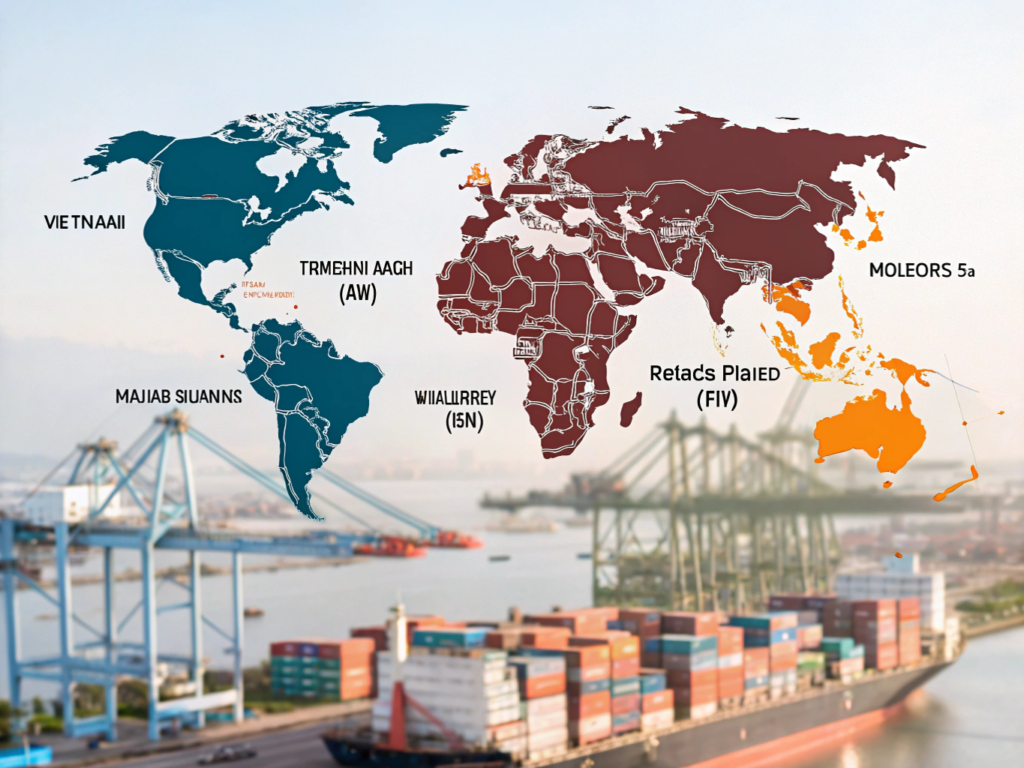
Dive Deeper
| Country | Tariffs on Entry | Average Base Cost | Lead Time | Notes |
|---|---|---|---|---|
| Vietnam | 0%–10% | $480–$520 | 25–30 days | Good value, limited SKUs |
| India | 5%–15% | $450–$500 | 20–28 days | Quality varies by supplier |
| Turkey | 0% (GSP eligible) | $500–$550 | 14–21 days | Best for CE-certified hoists |
| Mexico | 0% (USMCA) | $520–$600 | 7–14 days | Fast shipping, higher cost |
If tariffs are a major concern, sourcing from Turkey or Mexico can be more stable in the long run.
Vietnam vs India vs Turkey: Who’s the best alternative hoist supplier?
Each country has its pros and cons. It depends on what matters most.
Vietnam is best for price, India for customization, and Turkey for fast delivery and EU-compliance.
Dive Deeper
🇻🇳 Vietnam
- Strong B2B platforms (e.g. VCCI, VietTrade)
- Mid-range quality hoists with G80 options
- Small supplier pool
🇮🇳 India
- Can customize hoists to your specs
- Better on engineering but slower on delivery
- More communication challenges
🇹🇷 Turkey
- Ideal for CE-marked hoists for EU/UK resale
- Government support for exporters
- Often overlooked, but great lead times
What sourcing strategies can help avoid tariff risks?
Avoiding tariff spikes takes planning and creativity.
Use third-country assembly, bonded warehouses, and long-term contracts with diversified suppliers to reduce risk.
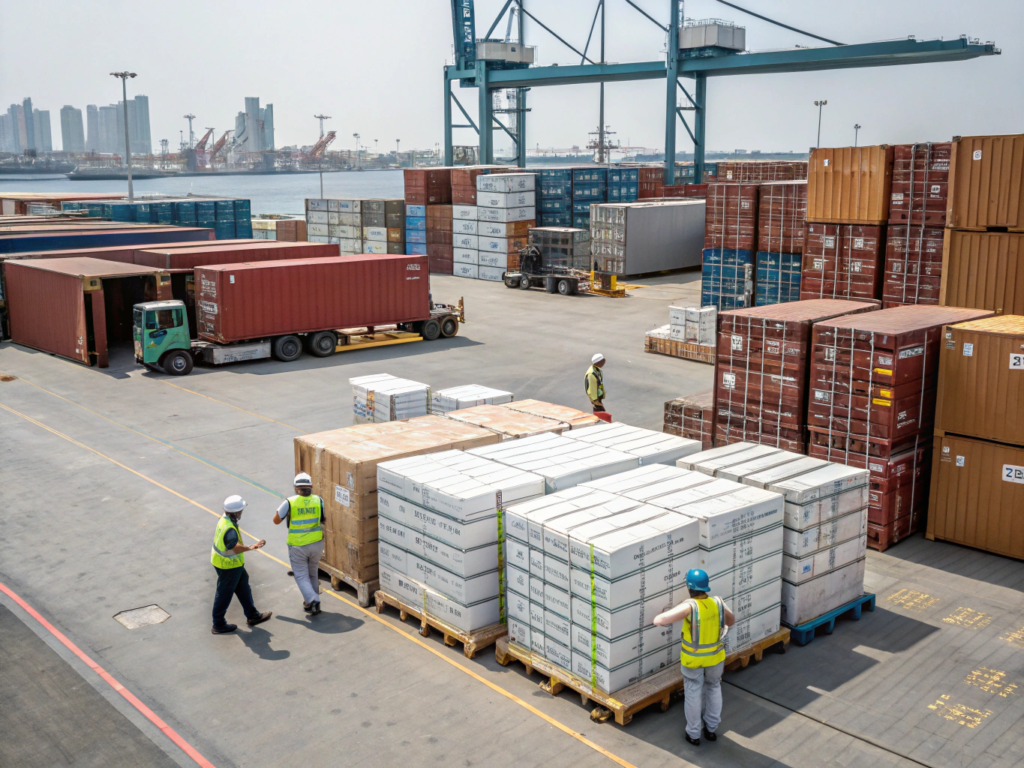
Dive Deeper
Re-route through ASEAN partners
Many Chinese OEMs now offer final assembly in Vietnam or Thailand to dodge origin rules.
Use bonded warehouses
Store goods tax-free in U.S. zones and clear them later when tariff windows change.
Sign fixed-price contracts
Lock in rates before further hikes hit. Suppliers might absorb some tariff if volume is high enough.
Does China impose tariffs on American goods in return?
Yes, and that creates ripple effects for trade balance.
China now imposes up to 15% retaliatory tariffs on U.S. goods, especially in agriculture and machinery.
Dive Deeper
For B2B traders re-exporting U.S. equipment, this matters. It also affects suppliers who import American motors or components into China to build hoists. Cross-border supply chains are no longer simple.
Conclusion
Yes, tariffs are real—but so are the workarounds.
